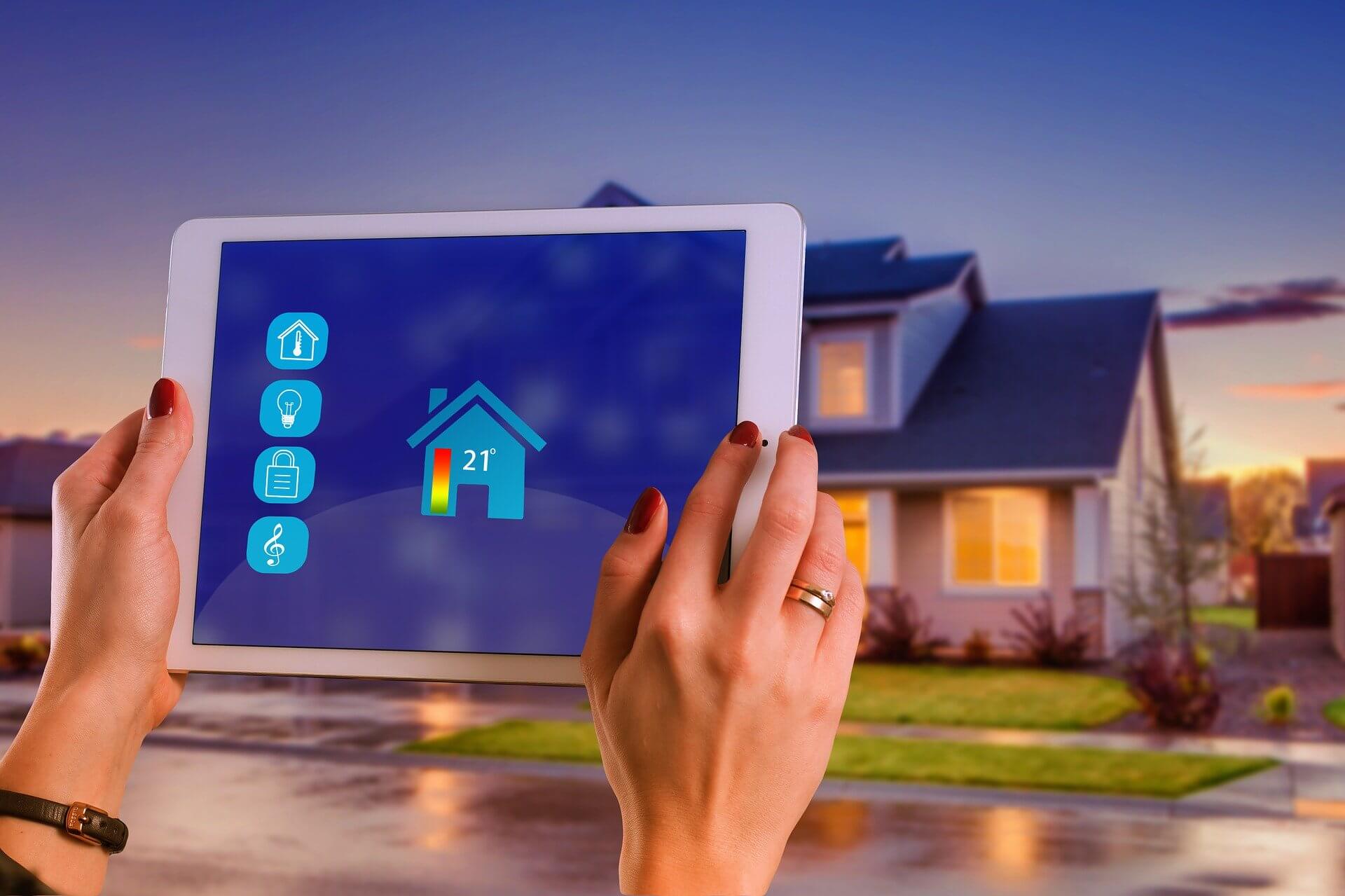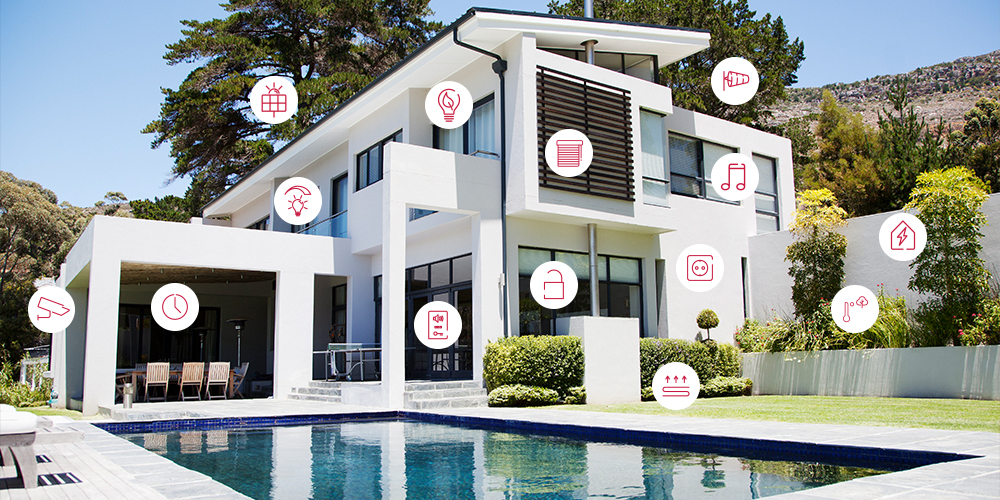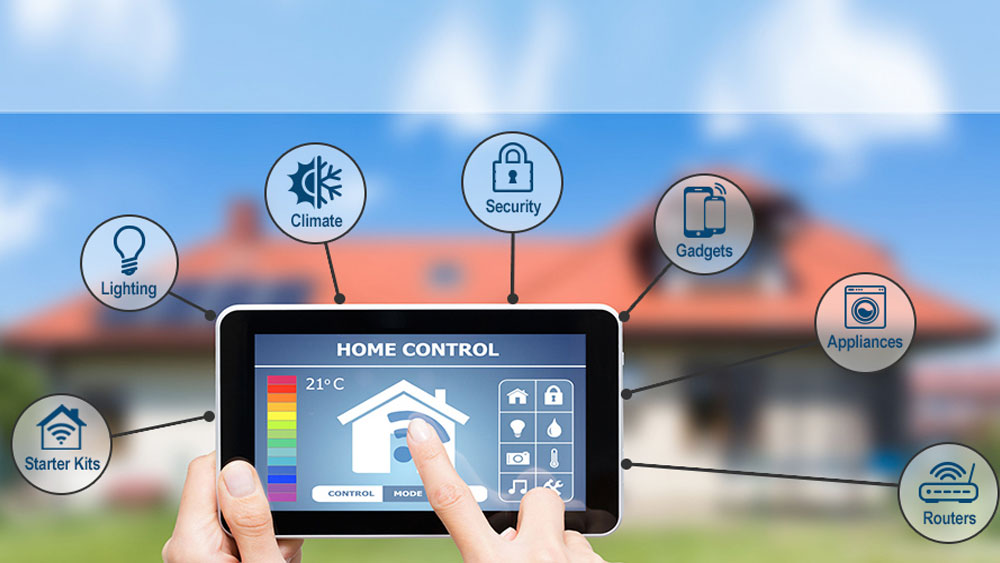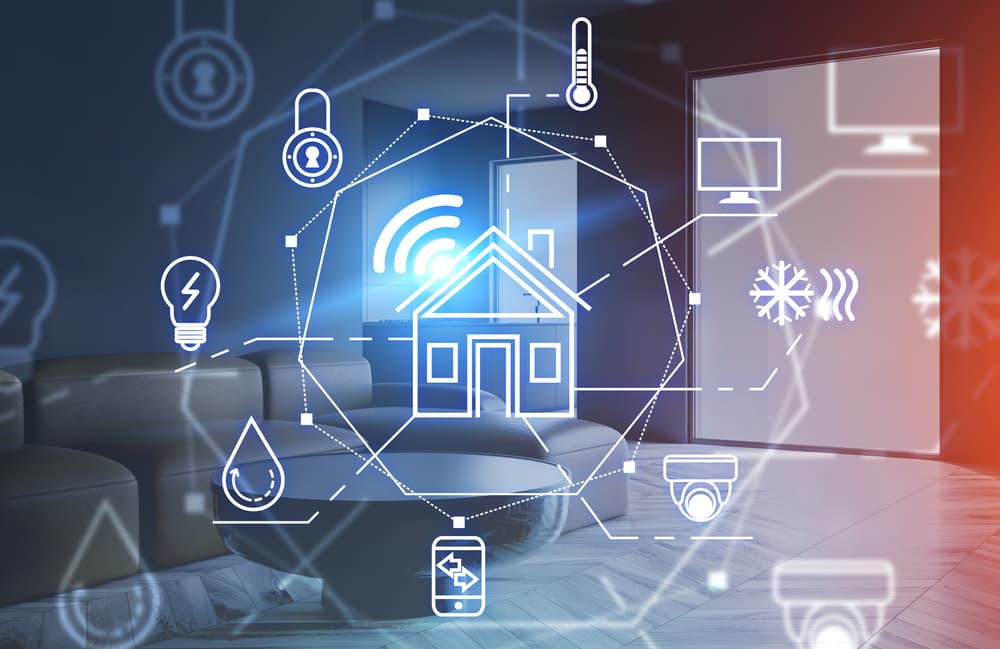
Creating a Fully Connected Smart Home Ecosystem That Works Seamlessly
Introduction
The concept of a smart home has evolved significantly over the past decade. Today, it’s not just about controlling lights with your smartphone; it’s about building a fully connected smart home ecosystem that functions in harmony. A well-integrated smart home can enhance your lifestyle, improve security, increase energy efficiency, and deliver unparalleled convenience. In this article, we’ll dive deep into the components, setup, technologies, and best practices to create a seamless smart home ecosystem that’s future-proof and optimized for maximum efficiency.
Table of Contents
- Understanding the Smart Home Ecosystem
- Benefits of a Fully Connected Smart Home
- Planning Your Smart Home Setup
- Choosing the Right Smart Home Hub
- Voice Assistants: The Command Center
- Smart Lighting Systems
- Smart Thermostats for Climate Control
- Intelligent Security Systems
- Smart Appliances Integration
- Home Entertainment & Media Centers
- Smart Plugs & Switches
- Whole-Home Automation
- Connectivity: Wi-Fi, Zigbee, Z-Wave, Thread
- Mobile App Integrations
- Data Privacy and Cybersecurity
- Energy Management and Efficiency
- Interoperability Between Brands
- Setting Up Routines and Automations
- Remote Access and Control
- Smart Home for Elderly & Accessibility Features
- Maintenance & Software Updates
- Troubleshooting and Common Pitfalls
- Budgeting for Your Smart Home
- DIY vs. Professional Installation
- Future-Proofing Your Smart Home
- Green Tech in Smart Homes
- Insurance Benefits of Smart Home Tech
- Real Estate Value and Smart Homes
- Children Safety and Smart Home Controls
- Final Thoughts and Recommendations
1. Understanding the Smart Home Ecosystem
A smart home ecosystem refers to a network of interconnected devices and systems that communicate with one another to automate tasks and improve the quality of life. These include smart lighting, thermostats, security cameras, voice assistants, sensors, and more—all working seamlessly through a central platform or hub.
2. Benefits of a Fully Connected Smart Home
- Convenience: Automate daily routines with voice or app control.
- Security: Monitor your home in real time with smart cameras and sensors.
- Energy Efficiency: Smart thermostats and lighting systems reduce unnecessary usage.
- Accessibility: Voice commands and automation assist users with mobility limitations.
- Increased Home Value: Tech-integrated homes are more attractive to buyers.
3. Planning Your Smart Home Setup
Before purchasing devices, map out your home and decide on the areas where automation would be most useful. Key considerations:
- What are your goals (security, energy savings, convenience)?
- Which devices are must-haves?
- Is your Wi-Fi strong and stable?
- Are you looking for a DIY or professionally installed solution?



